0 Comments
My latest article in Yoga Magazine UK September 2018
please click here to read my article for Yoga Magazine August 2017
Please click here to read my article for Yoga Magazine April 2018
Please click here to read my developing a home practise article for Yoga Magazine July 2018
Click here to read my article for Yoga Magazine May 2018
Parallel postures...... many of the shapes we create in #yoga get repeated again and again. A shape in one plane can light up an awakening of the same shape on another plane. There is a constant play of the relationship between, shape, #gravity, #balance, conditioning, familiarity, #spontaneity and #freedom that we play with in our #asana practice. That’s what makes it so damn interesting! Ultimately the shape is a minor relevance to our surrender to the whole so don’t get attached and cling to that shape or posture goal and let yourself merge with the experience of the infinite and then the #yogamagic happens 💖✨🙏🏻
. Bharadvājāsana II is a seated twist asana. Twists are beneficial on many levels; increasing mobility of the spine, stretching and strengthening back muscles, stimulating internal organs, assisting digestion, stimulating samana vayu (an internal pranic flow) and of course leading us to integration! The benefits to the spine are obvious. We mostly on a day to day level forwardly flex the spine in bending over actions so twists give us an opportunity to explore another range of movement of the spine and bring a well needed stretch to back muscles such as the quadratus lumborum and latissimus dorsi amongst others. The internal organs of the abdomen are stimulated through compression which leads to increased blood flow on release (and the liver particularly benefits from this as a holder of 25% of our blood in the body with over 500 functions identified!). The compression and stretch alternately through the abdominal region stimulates digestion in much the same way as stronger practices like uddiyana bandha and nauli do. Samana vayu (one of the 5 directional pranic flows in the body) is strongly associated with digestion (both food and life experiences) and is considered to be a focussing energy, which is apparent in these postures in their ability to take us to a deep state of absorption, which also leads me to my final point of moving us towards integration. Ultimately we use any type of yoga posture for greater awareness of that which is real and continuous, which we can call consciousness, ground of being, essence nature, awareness itself, Brahman, Siva or even god if you dare! Whatever your motivation for practicing yoga however, let it absorb you in the practice and you will receive a clarity and calmness (and even joyfulness) that only comes from a merging of ourself with present moment awareness which can't be bad!
This is an article I wrote for Yoga Magazine which appeared in the July 2017 edition. Hope you like it!
I'm still feeling the benefit of the retreat. I have been practicing yoga more regularly & with greater awareness. So that is incredibly positive. Thanks again for a wonderful weekend, - AP
I have also been meaning to drop an email anyway to say how wonderful, challenging, and transformative the Florence weekend was. Thanks so much for creating such a great space to come back to myself and set new and better patterns in motion in my life. I can't say every day is exactly zen (!) but I feel the mindfulness practice in particular that we did, has reminded me of / strengthened my "anchor" inside. - EH I was wanting to email you anyway to say a huge THANK YOU for another fantastic weekend, it really was blissful. I arrived with earache, headache, period pain and it all faded away during the weekend, and I felt incredibly nourished. I enjoyed it even more than last year……. of all those incredible deep and wonderful restorative/yin postures...they are so fantastic. It came just at the right time, ….I've been coping much better than I normally would and I'm sure its partly down to the lovely weekend I had. The weather was perfect too this year...I feel very blessed to have been part of such a lovely gathering of beautiful women with you leading us all:-) - NC I can't believe it is a week ago since our great yoga weekend! We just wanted to thank you for a lovely and relaxing weekend! P and I really enjoyed it. I know that P has done similar weekends before but it was my first time. I loved it and I will be definitely coming again- if I can make it :-) - NC Just to say how wonderful the weekend was, a perfect mixture of established favourites (yurt mantra, yoga sleep, walking meditation) and new ideas associated with those favourites. I arrived home perfectly restored and ready for the real world. I’m also now using my neti every morning – fantastic!. Thank you dear Khadine :o) – JY I just wanted to thank you again for the most amazing weekend, I was chatting to J today and we both felt that it was one of the best times we have ever had, with the combination of the beautiful surroundings, wonderful yoga and delicious cakes! I feel really privileged to have been there, you are such an inspiring teacher and I came home feeling totally relaxed and rejuvenated. I am doing my best to carry what I have experienced with me and be mindful and peaceful as I go back to everyday life! - ZG I would like to take this opportunity to say a big thank you again as well as your students for making me feel welcome at the retreat back in August, and you would be pleased to know that all me work colleagues and customers alike have noticed a massive change in my character in that I am now much calmer and more resilient than before. I now practice the meditation you taught me every day including chanting some of the Sanskrit mantras, and the candle flame concentration exercise was amazing. - CK Imt by way of feedback on the retreat, I absolutely loved it. The teaching, venue, food, timetable etc were all great. - LS 10 Commentstestimonials8/18/2012 25 Comments As my next retreat is coming up in Florence House in January 2013 I thought it was about time I add Thanks again for such an amazing weekend, i haven't stopped chattering about how brilliant it was. You should be a government advisor tell them to stop wasting our millions on the happiness report and divert the funds into yoga sessions for all. It was my first yoga retreat and I did feel slightly anxious when we arrived on Friday night. Those feelings were very short lived as you certainly managed to make us feel very relaxed. Khadine, you certainly have a special gift, some people learn yoga and teach it, for you however, it comes from within, your passion and knowledge radiates out from you and warmly touches those that you teach. Florence house was a superb location, great food, terrific yoga space, particularly loved being bathed by the morning light during our sunrise yoga sessions! It was a great experience and lovely to share it with some lovely like minded people too. I came back feeling calmer, more balanced and restored and made some new friends too! - Aideen S Just to say a big thank you for the most relaxing weekend I think I've had since having children, if not ever! And am still feeling rather chilled two days into the week and that's with a poorly little boy at home with me demanding my attention. Definitely have to keep the yoga up now - must, must remember how good it makes me feel. - Jay C Heartfelt thanks khadine and all who joined in the wonderful retreat at Florence house. I arrived stressed and unsteady and left feeling restored, grounded and alot more connected to the present moment. I also made some new friends along the way...Loved the yurt, the food and the combination of yoga, mantra, walking and meditation. A very lovely weekend. Thanks again - Kelly C. I just wanted to say that the weekend was wonderful - an ideal combination of poses, meditation and chanting that absolutely improved and enhanced my practice both while at class and at home. It was truely a life changing experience for me and for Laurence. - Jackie Y 25 CommentsPost Title.1/17/2012 5 Comments Just back from teaching a weekend retreat at the beautiful Florence House in Seaford (www.florencehouse.co.uk) where we were totally spoilt by our hosts Steve and Mairin with lovely food and accomodation and of course we had a glorious 16 hours or so of yoga and meditation (in various guises!). Meditation in the yurt was amazing even the meditation after the bizarrely self-igniting candle holder almost set fire to the yurt much to everyones horror and amusement but there is nothing like a disaster to really bring a group together! We had a beautiful spacous yoga room with views of the downs and the sun from sun-rise to sunset - uplifting, inspiring and grounding. The walking meditation was a particular hit in the lovely gardens with the ruggedness of the downs and cliffs of Seaford Head. Watch this space for the news of the next retreat. Om shanti x 5 CommentsDefinitions of Om or AUM8/25/2011 7 Comments Om or AUM.... Everything, vibrational sound of the universe, universal consciousness "Om is not just a sound or vibration. It is not just a symbol. It is the entire cosmos, whatever we can see, touch, hear and feel. Moreover, it is all that is within our perception and all that is beyond our perception. It is the core of our very existence. If you think of Om only as a sound, a technique or a symbol of the Divine, you will miss it altogether. ..... Om is the mysterious cosmic energy that is the substratum of all the things and all the beings of the entire universe. It is an eternal song of the Divine. It is continuously resounding in silence on the background of everything that exists" – Amrit Ray . |
Archives
June 2019
Categories |
||||||||||||||||||||||||||||||||
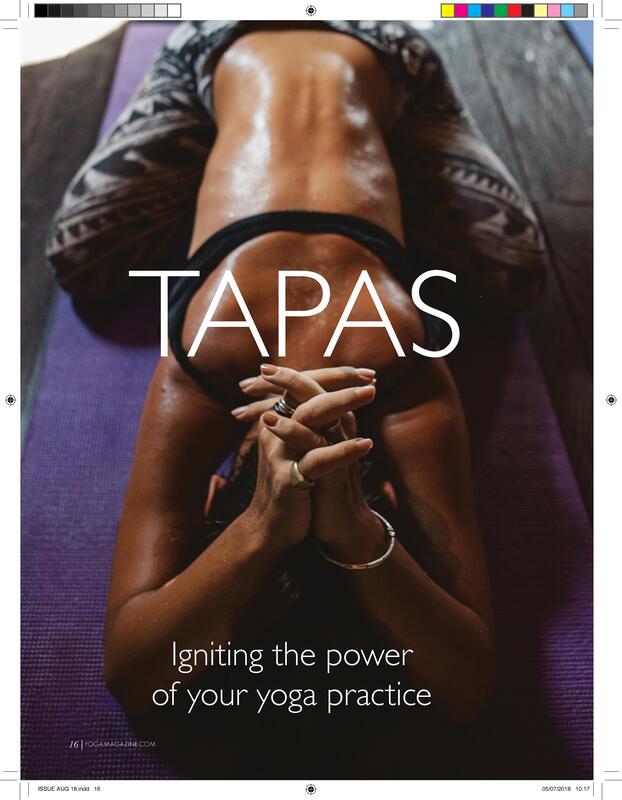
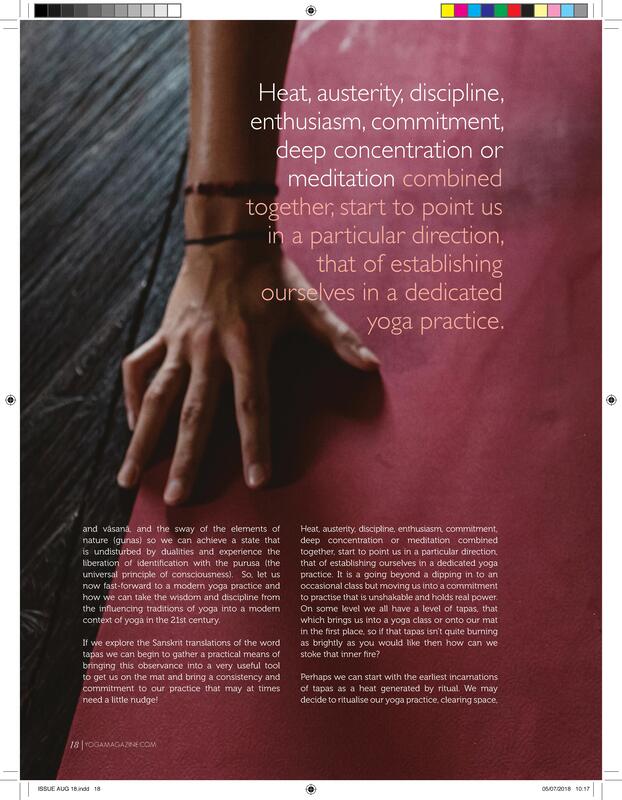
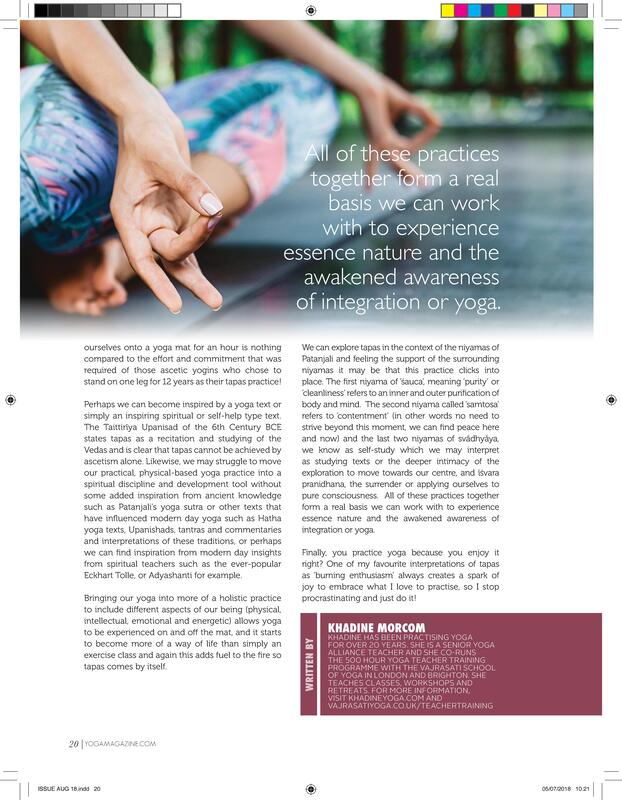
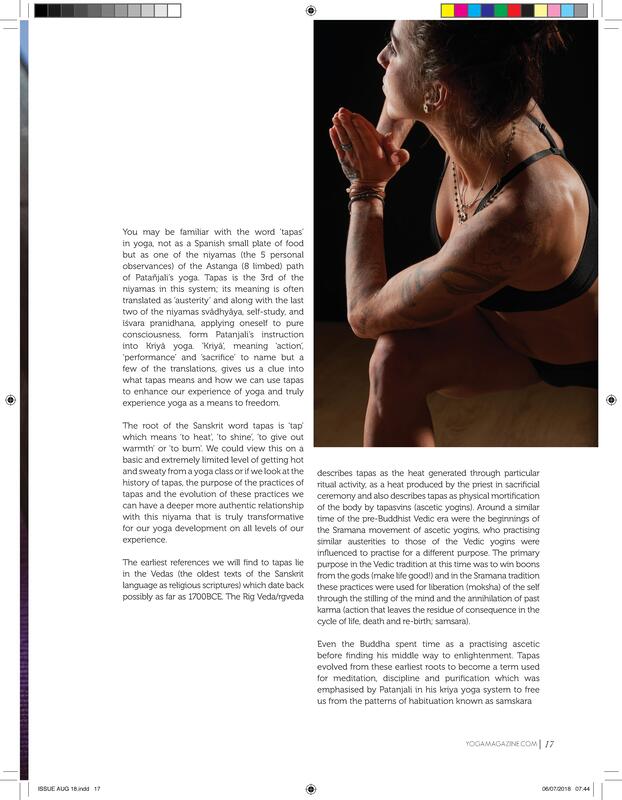
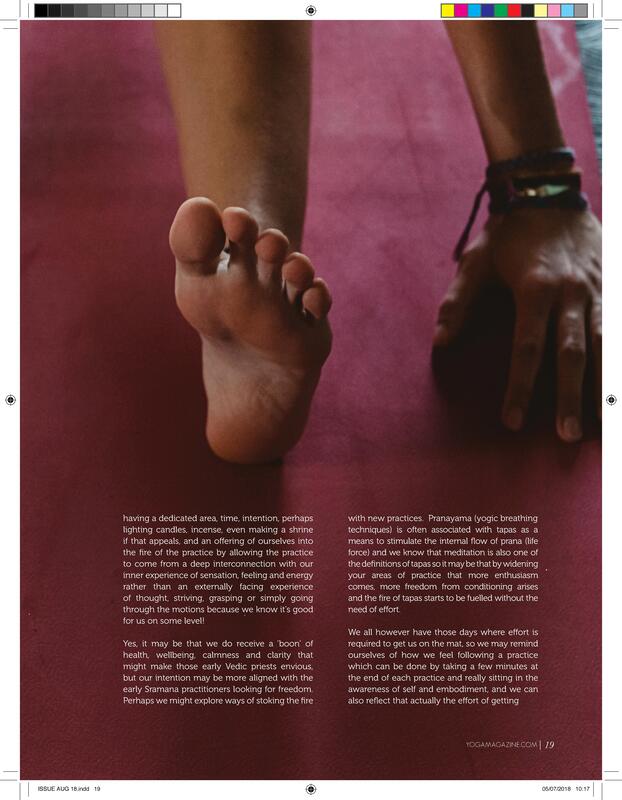
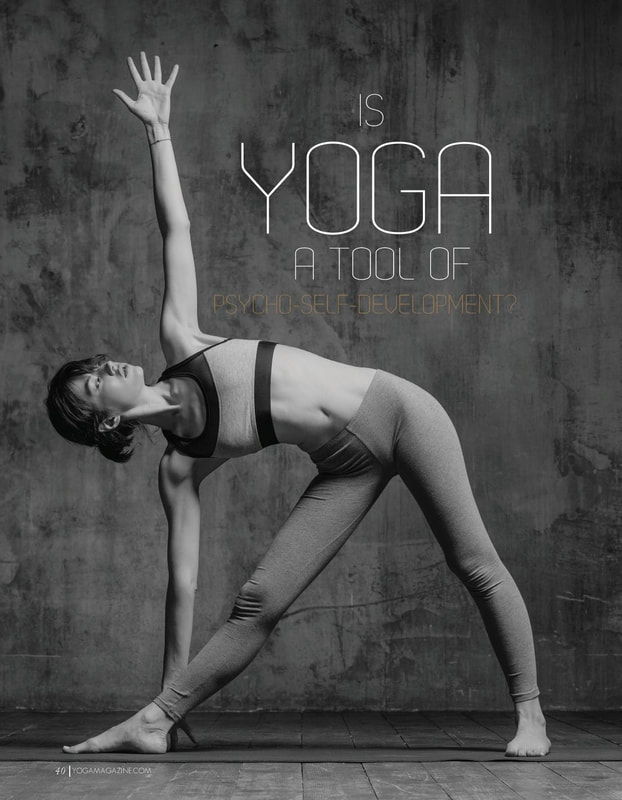


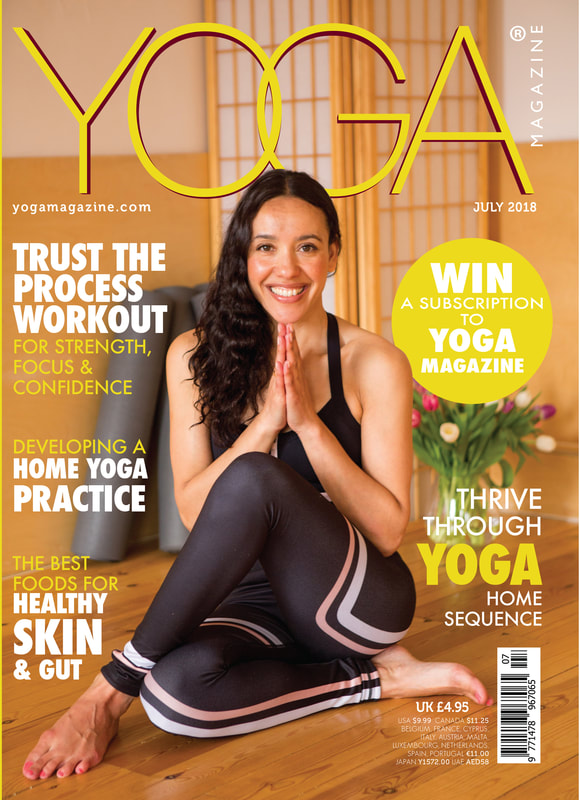
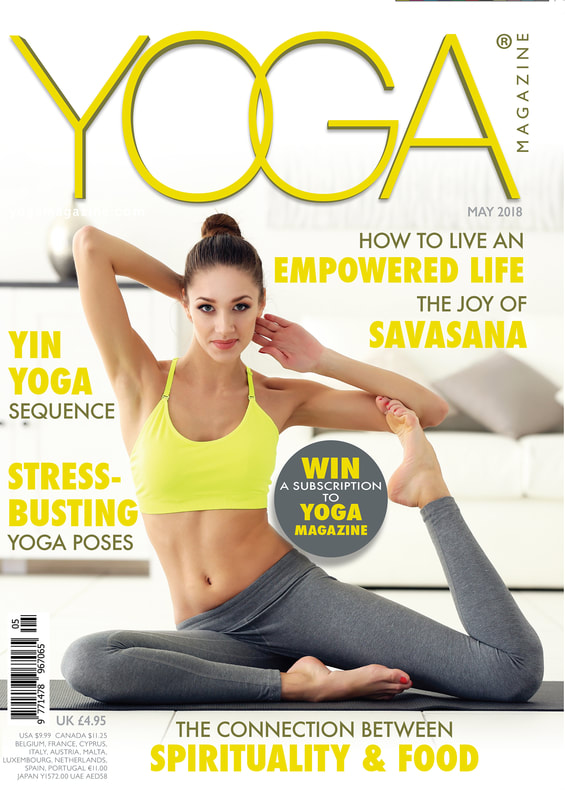
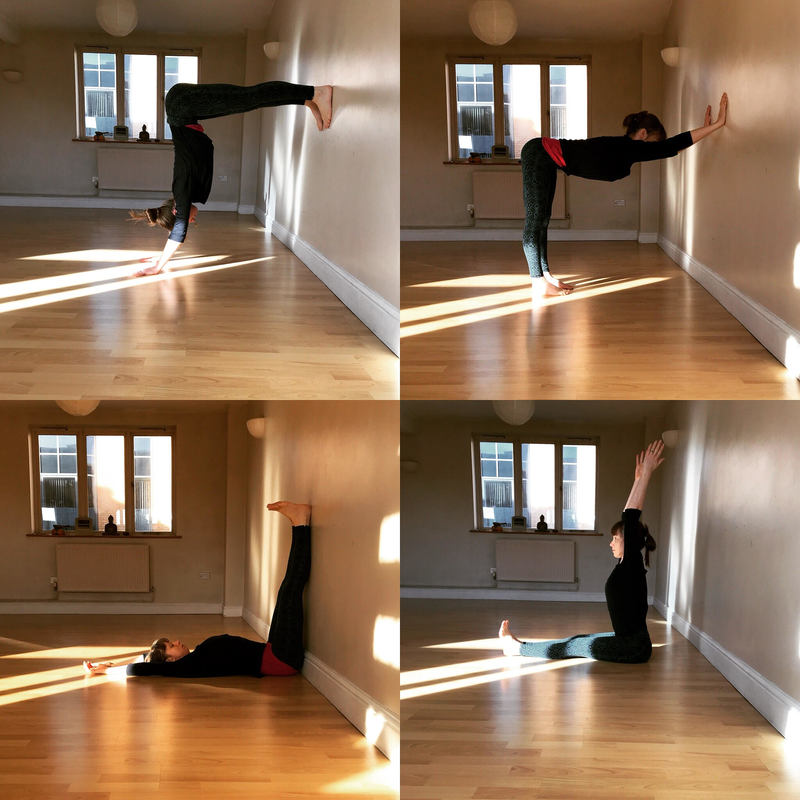
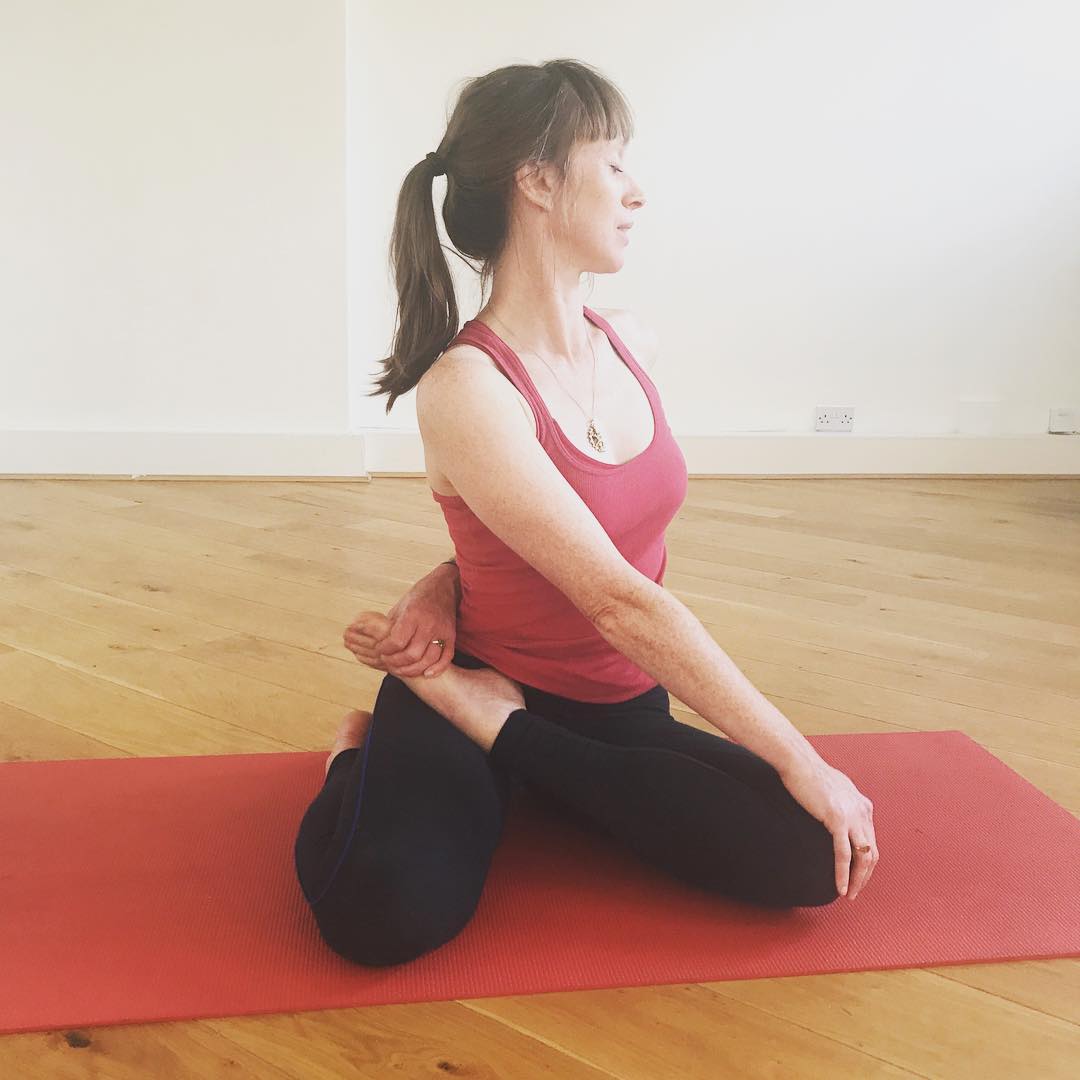
 RSS Feed
RSS Feed